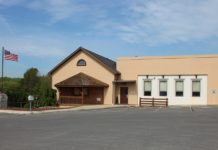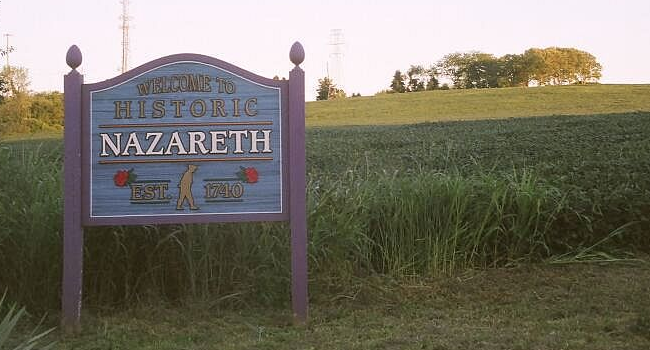
In this column, Margie Jenkins, a descendant of the Weaver family, and her daughter Susan Jenkins take us back to Weaversville. The year — 1850.
Family members were housed in a number of buildings on the property. Samuel Weaver had eight brothers and sisters and eight children (four died in infancy), plus his wife, Maria Magdalene Fatzinger Weaver, so Samuel decided to build a new home.
One of the stone homes was carefully dismantled and the material saved for rebuilding a three-story house of brick instead of stone. This site was probably where John Hays, an original settler, had a home. The old fireplace was preserved and added to the structure.
The family moved into the house in 1859. Samuel died before he could move into the new home. The sturdy building later became the Weaversville Hotel.
Magdalene Weaver died Jan. 10, 1860, at age 88. One of her fondest memories was when she was a child. Benjamin Franklin stopped at the Craig settlement and stayed at the Hays home. In later years, she continued to point to the room used by Benjamin Franklin when he inspected the early colonial postal system.
The Weavers lived to see the colonies become the United States of America.
War clouds covered the nation when, in April 1861, the Civil War threatened to split the country. The call to serve was answered by William Weaver. He was 24 years old, 5 feet, 8-1/2 inches tall and a clerk in what is East Allen Township. Weaversville boundaries reach into both Allen and East Allen townships.
William was born Aug. 9, 1838. At the time of enlistment, he was married with two children, ages 2 and 1.
In January 1863, he contracted jaundice and was admitted to the Windmill Point Hospital for treatment of typhoid fever and jaundice. He was discharged in April 1863.
In 1883, he began receiving a pension of $6 a month for rheumatism, kidney and liver disease. He died in May 1902 of heart disease in Bethlehem.
The Weavers were interested in education. Most local schools were one-room buildings with one teacher instructing many students from grades 1 to 8. High schools were nonexistent, so Samuel and Michael donated land for a three-story brick school building. The building still stands in Weaversville.
Our next three columns are very fascinating. The Jenkins family provided a rare brochure and catalog from the Weaversville Academy, a piece of history Larry Oberly and this writer have never seen. In our next three columns, we will visit the academy in 1858.








